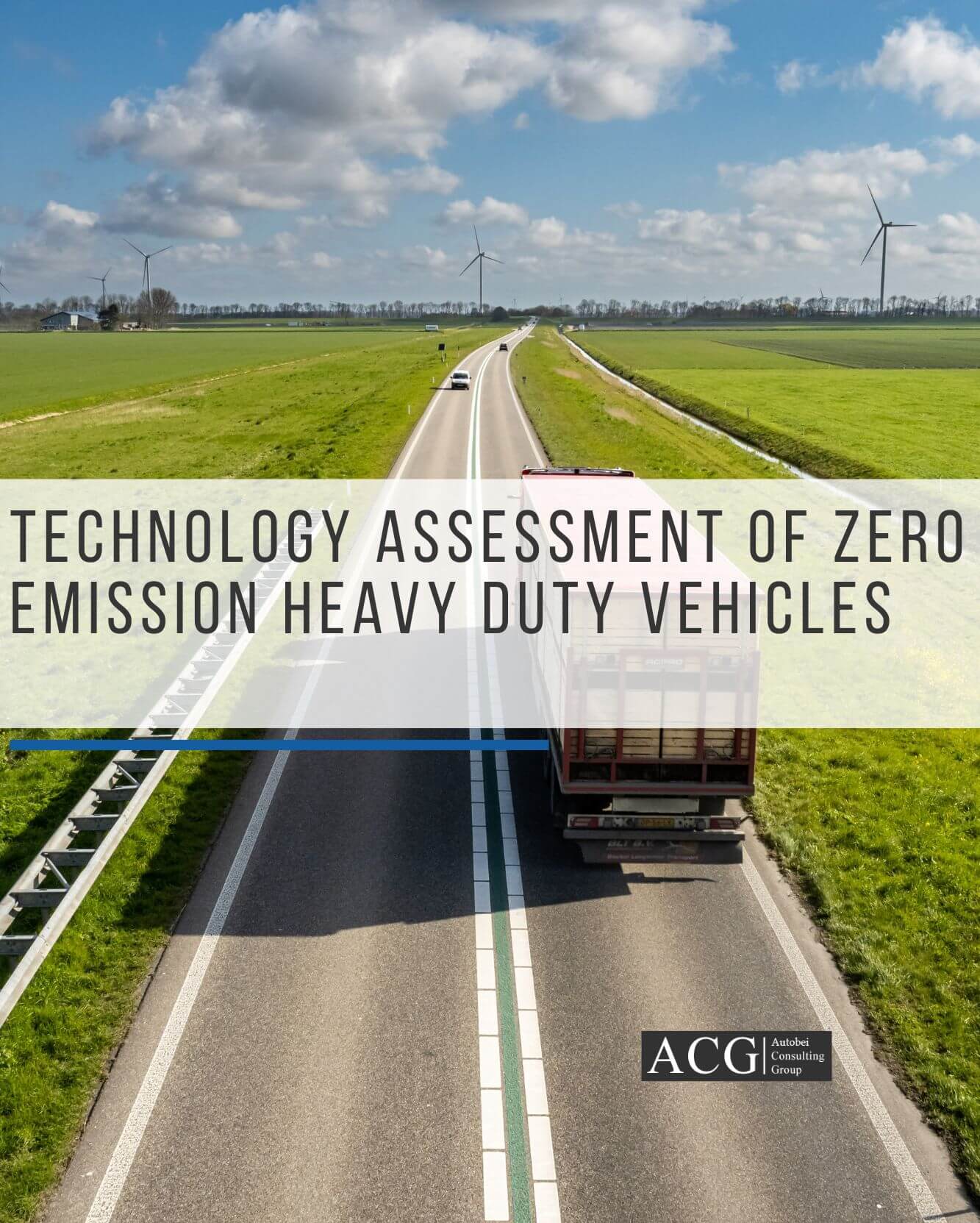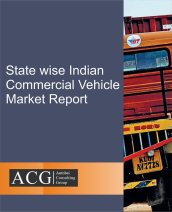After intense research and extensive analysis, the Technical Analysis of Indian Bus Industry entails a full-length study Product wise, Application wise, Model wise, and also Variants wise. Latest studies included also explain the price, sales and forecast for each of the variants.
Among the various bus models, the Intercity bus model has the maximum number of variants. Closely following it, comes the City bus model. Ranked 3rd and 4th are the staff and school bus respectively. Tourist buses, Contract buses, Suburban buses and Tarmac Buses rank toward the end of the chain.
Bus Body Type Analysis:
On the basis of the bus' body type, the Chassis dominate the market on account of its low cost and custom-made interiors. After the bus body code is implemented, the chassis will be translated to a fully built body. Based on the current market however, chassis own the scene. A minor share also lies with the fully built Monocoque buses.
Horse power Analysis:
Presently, a little more than half the total buses are horse powered below 100hp and 41% of the bus variants run with a high horsepower of more than 100hp. This situation is expected to change in the coming years. Higher horse power translates to higher speed and more powered engines. Hence, the bus market is expected to be played first fiddle by the high horse powered vehicles. However, school buses run with low horse-powered engines as they ply only to schools.
Fuel Analysis:
Almost all, 92% of buses are fuelled by Diesel while the remaining 8% are run on CNG fuel. These numbers are also expected to change significantly in the favour of alternative fuel. The increased awareness of environment safety is expected to bring this into effect.
Variants analysis:
The variants analysis is dictated by Ashok Leyland with maximum number of H series engines to cater to the school bus segment.
At close second comes Tata Motor buses running on Tata Engines. Eicher bags the third place, running on their own engines. The next largest segment is dictated by Cummins.
Bus Torque Analysis:
Majority of the bus variants have a torque of 400 to 500Nm while very few variants come under the range of up to 200Nm.
Rear Suspension Analysis:
Air suspension is provided for increased support and comfort. This is essential especially in the case of children travelling in buses. Such an increase in Air Suspension evidently comes with an increase in cost. School buses need to be equipped with such safety and comfort features. According to a recent survey undertaken by the experts here at ACG, it comes to light that parents do not mind paying for the added comfort.
Apart from comfort, features like Rear view camera, Retarder, Seat belt, Air bags, Crash Safety and Collapsible steering need to be made compulsory for School Buses in India. Drivers should be wary of many factors and be able to make snap judgements at tricky times to help save the lives of the bus inmates. He should also be able to gauge the traffic and act accordingly. He should also be attentive of other drivers in the road, as sometimes even that may lead to accidents. Proper diligence and attention is hallmark of such a school bus driver.
Front Suspension analysis:
The shackle ended leaf is one of the majority front suspension variants available. Following that, at second largest comes the Semi-elliptical suspension variant.




